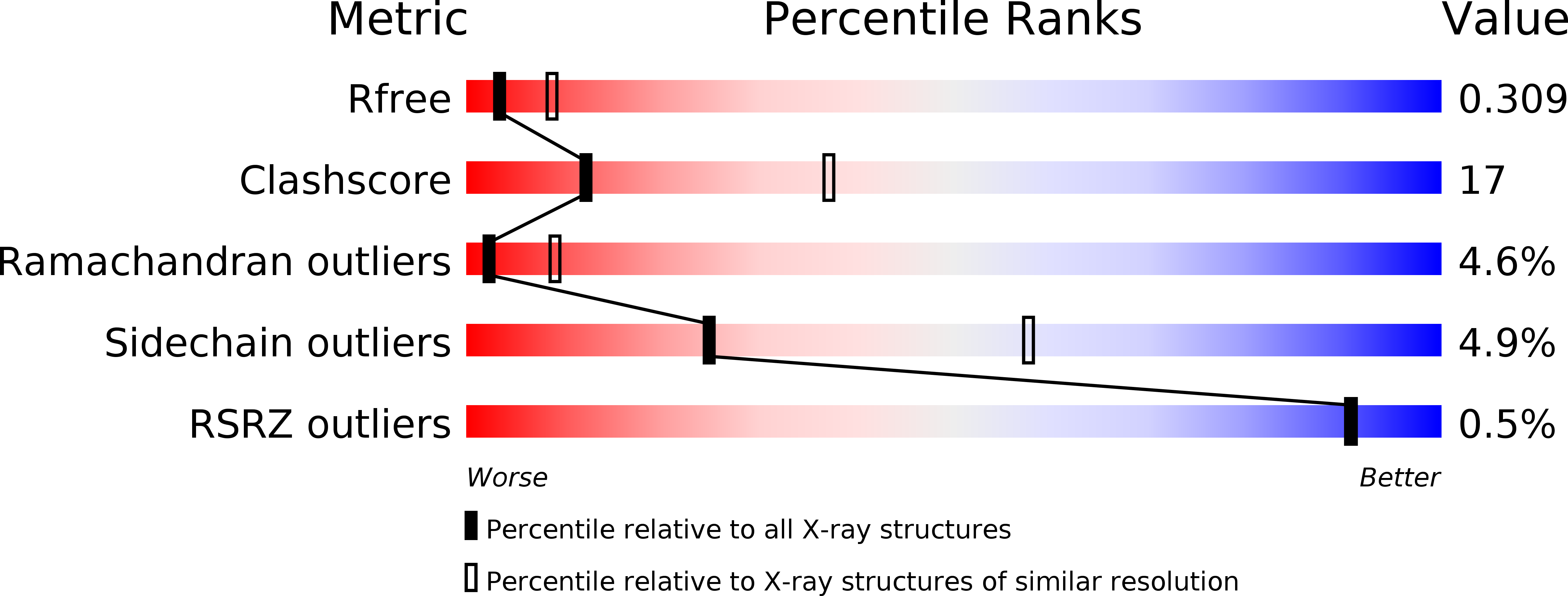
Deposition Date
2011-01-22
Release Date
2011-04-27
Last Version Date
2023-09-13
Entry Detail
PDB ID:
3QFQ
Keywords:
Title:
Asymmetric Assembly of Merkel Cell Polyomavirus Large T-antigen Origin Binding Domains at the Viral Origin
Biological Source:
Source Organism:
Merkel cell polyomavirus (Taxon ID: 493803)
Host Organism:
Method Details:
Experimental Method:
Resolution:
2.90 Å
R-Value Free:
0.28
R-Value Work:
0.22
R-Value Observed:
0.22
Space Group:
P 21 21 2


